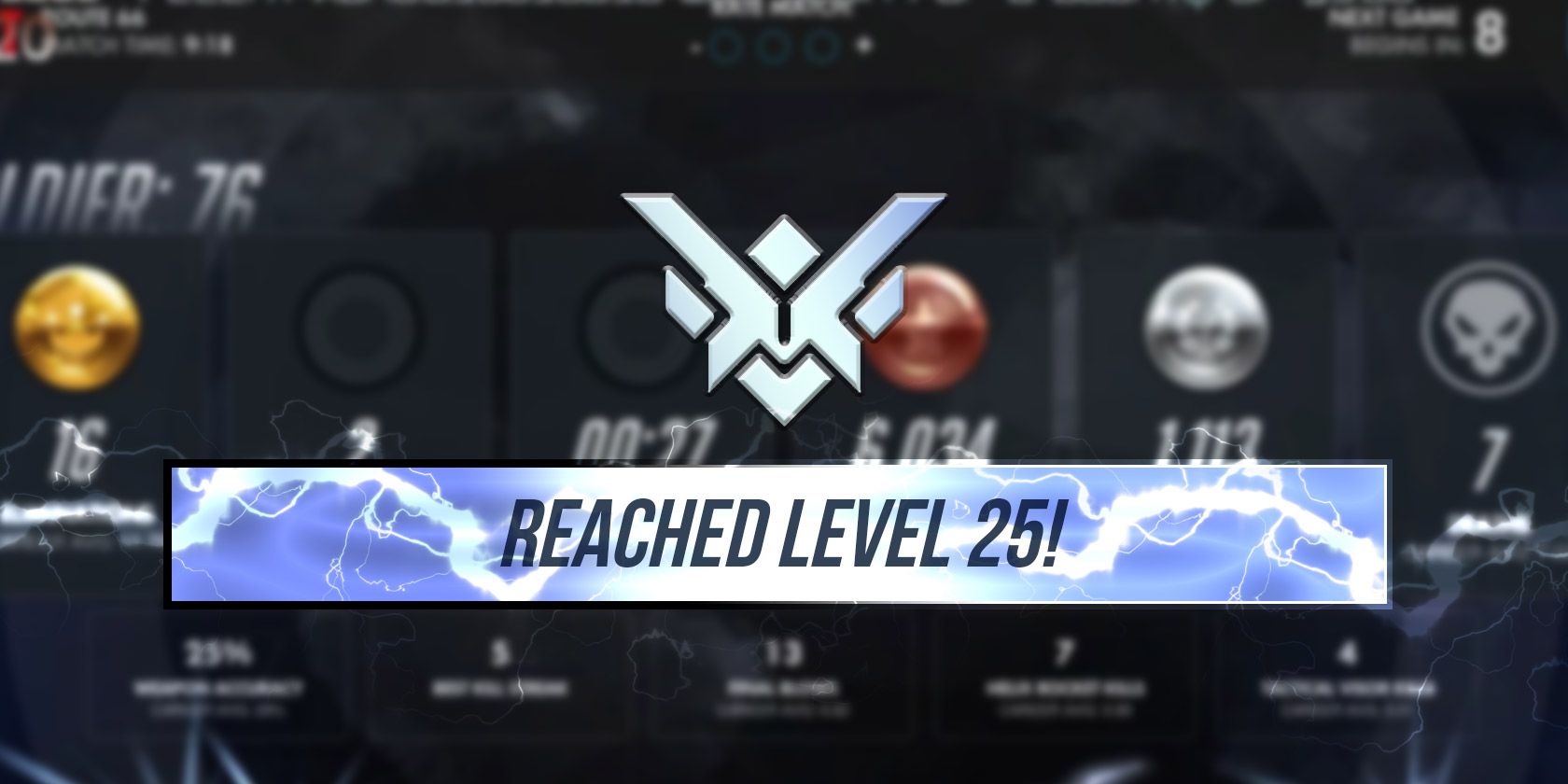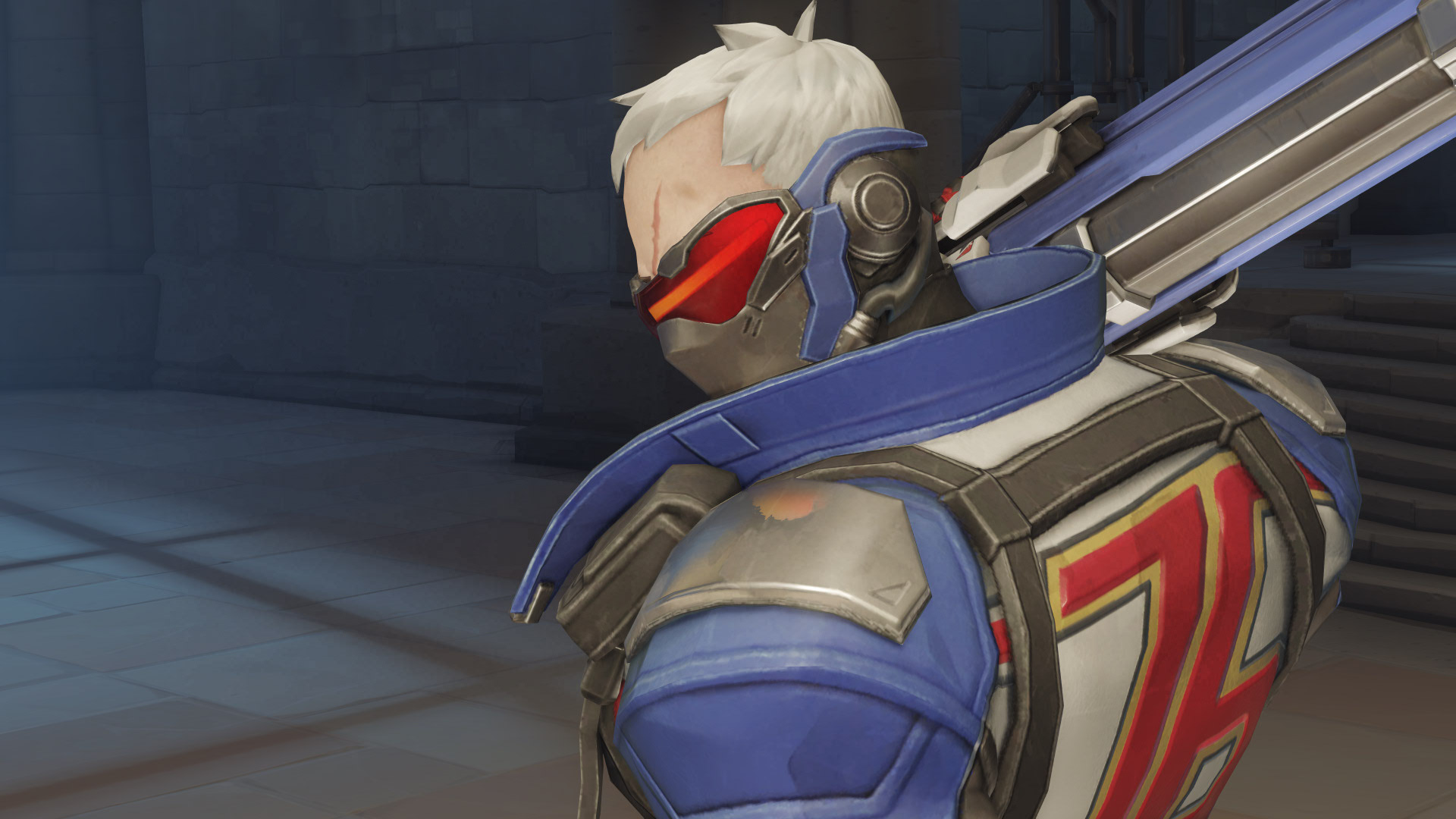

And as you might suspect, those methods now include many of the familiar monetization strategies popularized by Fortnite and its contemporaries. Overwatch’s new economy is familiar, but is it fair? Blizzard’s free-to-play transition means Overwatch 2 must make money through means other than upfront cost. And the early sentiment toward this transition underscores some major hurdles facing the game industry and its current love affair with the live service model. As such, the game is now free to play.īut now that Overwatch 2 is out in the wild, after a rough launch resulting in multiple days of connection and login problems, players are grappling with a new realization: While the gameplay is near-identical, Overwatch now sports a vastly different in-game economy. As I first noted over the summer, the reboot of the once-popular hero shooter has been more about restructuring the game’s business model than about adding more content to justify a new price tag. Go here to see how to install the 12 GB game and play.Overwatch’s new economy exposes old problemsīlizzard’s long-awaited Overwatch 2 is not your typical sequel. While Overwatch is available for free over the Nov. Cross platform is not supported at this time.

With no special game keys or sign-up codes, you can jump right into the action as long as you have an Xbox One (with Live Gold Membership), PS4 (PS Plus Membership), and a Windows PC and a account set up. Once new players have given Overwatch a shot and decide to start up a serious world-saving career, don’t fret, all of your in-game progress (leveling, loot boxes, etc.) will be saved so as long as the same, Xbox Live or Sony account is used. There’s more – players will also have access to leveling up, Loot Boxes and can unlock different customization options.

New players can get started with Quick Play, Custom Games, and the newest Weekly Brawl. The full roster of 22 heroes (not including the newest hero: Sombra) and 13 maps will be available in several modes with the exception of Competitive Play.


 0 kommentar(er)
0 kommentar(er)
